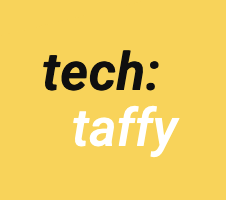A user story is a brief, informal description of a specific feature or functionality from the perspective of an end user in the context of Agile software development.
User stories are an essential component of Agile methodologies, such as Scrum and Extreme Programming (XP). They help development teams understand the requirements and needs of users, allowing them to prioritize and develop features accordingly.
Template – User story
User stories typically follow a simple format that focuses on the user’s goals and needs.
Here is a simple but effective template:
“As a [type of user], I want [an action or feature] so that [a benefit or outcome].”
This format emphasizes the value the feature provides to the user, ensuring that the development team stays focused on delivering the most important functionalities.
Why do we need user stories?
Having clearly-defined and articulated requirements focusing on the customer, offers several advantages to the agile team.
- Direction: User stories are easy to understand, write, and communicate, allowing for quick and efficient prioritization and planning.
- Collaboration: User stories encourage collaboration between development teams, product owners, and stakeholders, fostering a shared understanding of the project’s goals and requirements.
- Flexibility: They allow for changes and adjustments during the development process, supporting the Agile principle of embracing change.
- Incremental development: User stories help break down large, complex projects into smaller, manageable chunks, allowing teams to deliver value incrementally and iteratively.
Crafting a compelling user story
Crafting a compelling user story is essential to effectively communicate the needs and goals of the end user.
Here are five ways to create a user story that clearly conveys the user’s requirements and intentions:
- Focus on the user’s perspective: Write the user story from the perspective of the end user, emphasizing their goals, needs, and the value they derive from the feature. Use the standard format: “As a [type of user], I want [an action or feature] so that [a benefit or outcome].” This helps ensure that the development team stays focused on delivering the most important functionalities for the user.
- Keep it simple and concise: A good user story should be easy to understand and communicate. Use clear, straightforward language and avoid technical jargon, ensuring that team members and stakeholders can quickly grasp the story’s intent. Aim to convey the core idea in just one or two sentences.
- Be specific and realistic: While a user story should be concise, it should also provide enough detail to clearly define the desired outcome or feature. Avoid vague or ambiguous language that could lead to confusion or misinterpretation. Focus on the specific actions or functionality the user needs, rather than broad, high-level concepts.
- Collaborate with stakeholders: Engage with the product owner, end users, and other stakeholders to gather input and feedback on user stories. This collaboration ensures a shared understanding of the project’s goals and requirements and helps to refine and validate the user story, making it more accurate and relevant.
- Define clear acceptance criteria: Include a set of clear, testable acceptance criteria with each user story to provide more detailed information on the specific requirements that must be met for the story to be considered complete. These criteria help the development team understand the expectations and work efficiently to deliver the desired functionality.
